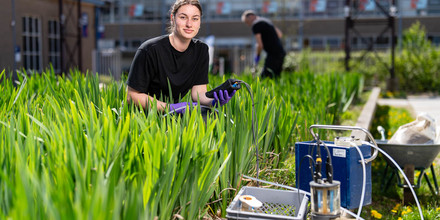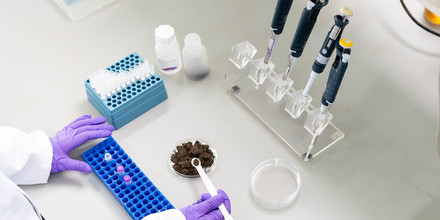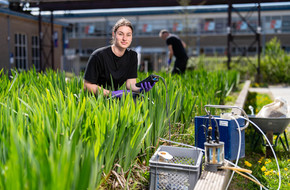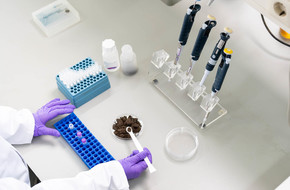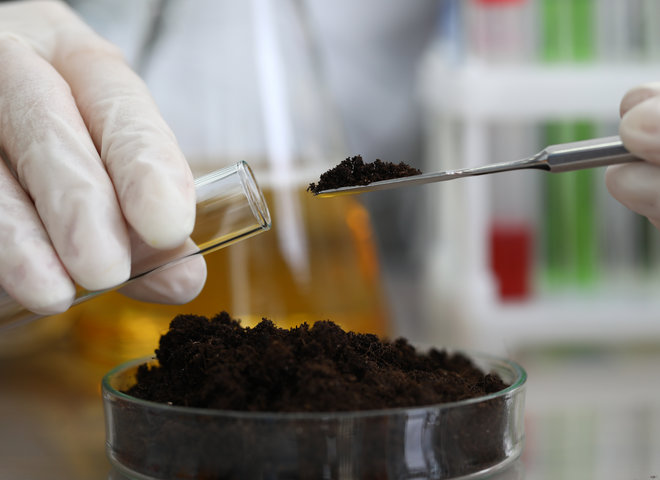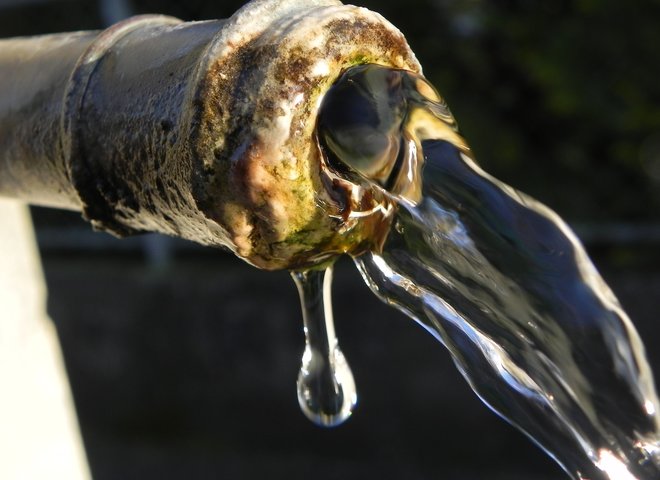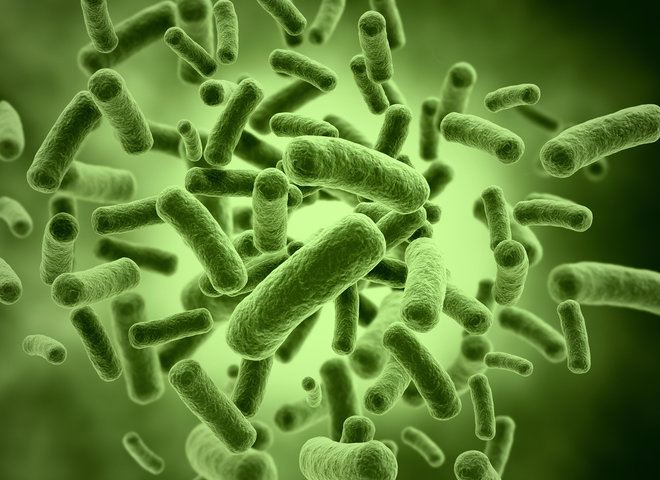The application of effect-based methods in soil
The large number of new substances entering the environment and thus in the soil requires an approach other than the standard measurement of substance concentrations. These so-called emerging substances are receiving increasing attention in the soil work field.
Emerging substances are new or already known substances which end up in the environment, for which there are no environmental quality standards. Examples include medicine residues, but also substances such as pyrazole, PFOA and GenX. In addition, there is a lack of knowledge about their quantities, persistence and distribution in the environment. Furthermore, the effects on people and the environment are not always known.
It seems an impossible task to analyze all emerging substances and to derive standards for them. Moreover, even if a standard has been set for a certain substance and the substance remains below this standard, undesirable effects can still arise in combination with other substances.
Measuring from a different perspective: looking at effects instead of concentrations
Another way of assessing these emerging substances is to measure the effects of these substances instead of the standard measurement of concentrations. With effect-based methods, we can demonstrate the presence and effects of emerging substances without knowing exactly which substances (and in which concentrations) are present in a sample.
Effect-based methods can provide an insight into the general condition of the soil. You could compare it to measuring a state of fever in humans. When we think we have a fever, we use a thermometer to measure our body temperature. When the body temperature is above 38 degrees Celsius, it is an indication that something is wrong. However, having a fever does not indicate its cause. Depending on how high the fever is, and which other symptoms (indicators) are present, you may have further medical examination. The same applies to effect-based methods. If a certain effect is measured in the soil, it is an indicator that something is wrong. The cause may be a substance or a mixture of substances present in the soil. Depending on which effects are measured and the magnitude of those effects, you can decide to do further research on the causes of the measured effects.
Experiences with effect-based methods
As a supplement to chemical analyses, effect-based methods are already applied in surface water and drinking water to monitor the quality of the water. In the Netherlands, the so-called Triad soil investigation is often applied for the ecological risk assessment of contaminated sediments and soils. The Triad soil investigation consists of three parts: chemical investigation, ecotoxicological investigation by means of bioassays and inventories of organisms in the field. This method is applied when the contaminant is already determined. The results of the effect-based methods are assessed in combination with chemical analysis of the known contamination, supplemented by a field inventory. Using effect-based methods for unknown contamination offers new possibilities.
Types of effect-based methods
Different types of effect-based methods are possible. An important distinction is made between monitoring techniques and analysis techniques. Monitoring includes the use of bio-indicators, such as examining the diversity and structure in populations of organisms in the field. The field inventories in the Triad study are an example of this type of research. Analytical techniques include in vitro and in vivo bioassays. These analyses are carried out in the laboratory.


